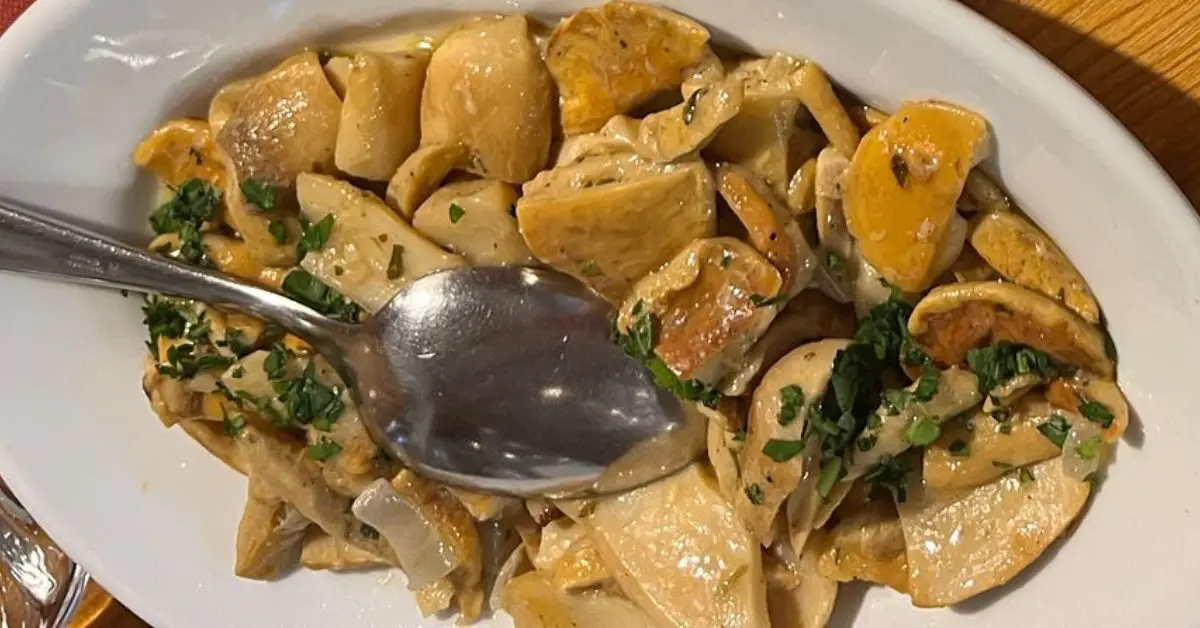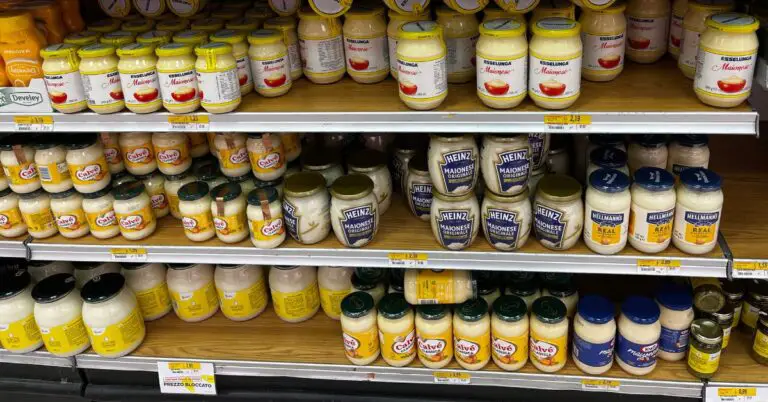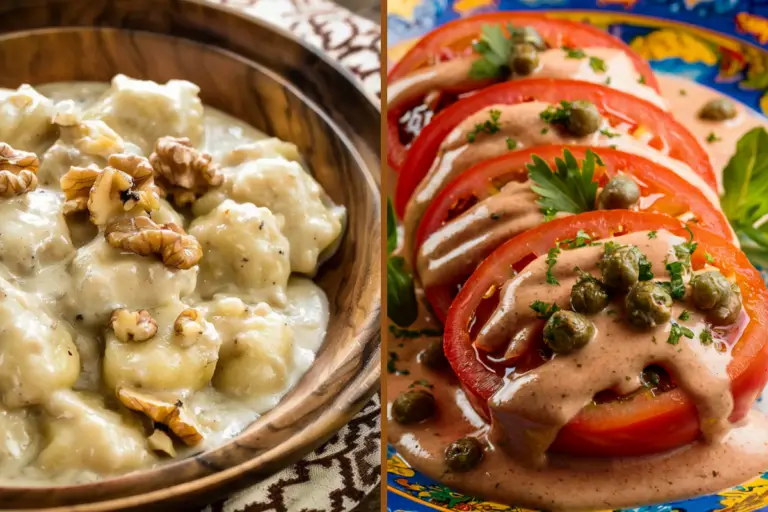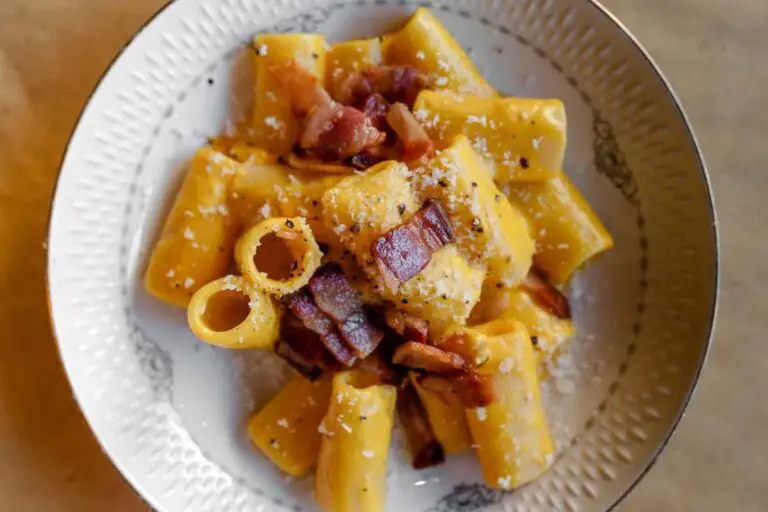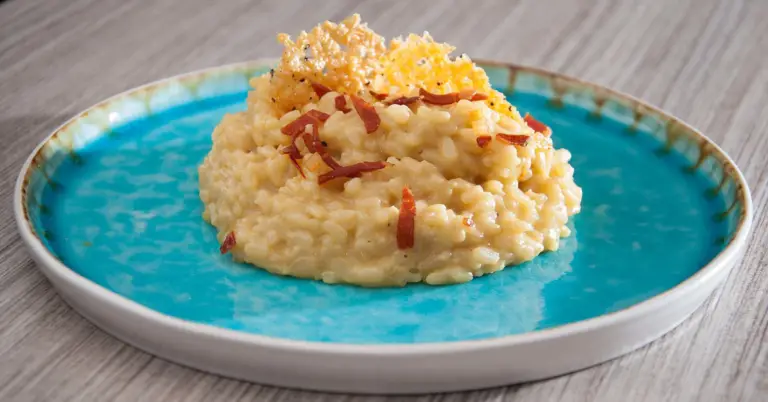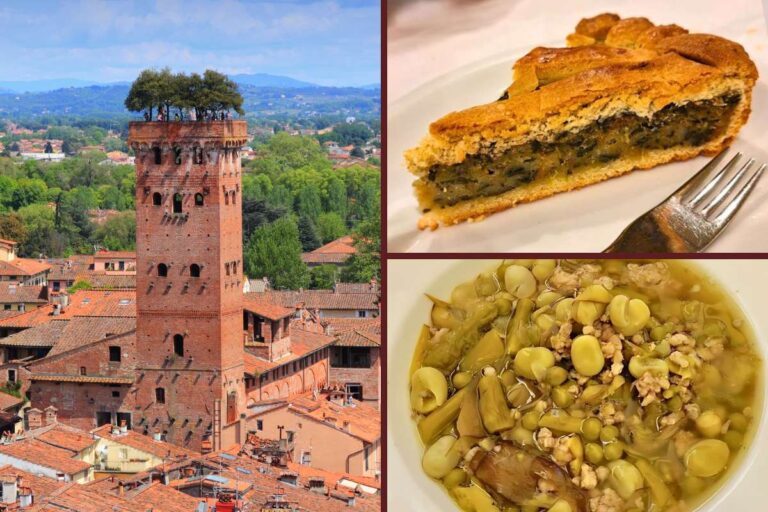You might have often found yourself savoring the earthy flavors of mushrooms in Italian dishes. Whether it’s a hearty risotto or a comforting bowl of pasta, mushrooms have a way of elevating the taste profile of Italian cuisine.
Key Takeaways:
- Discover the best mushrooms for Italian food and learn the popular Italian mushroom dish names.
- Uncover various Italian mushroom types and explore how and why Italians like mushrooms in their cuisine.
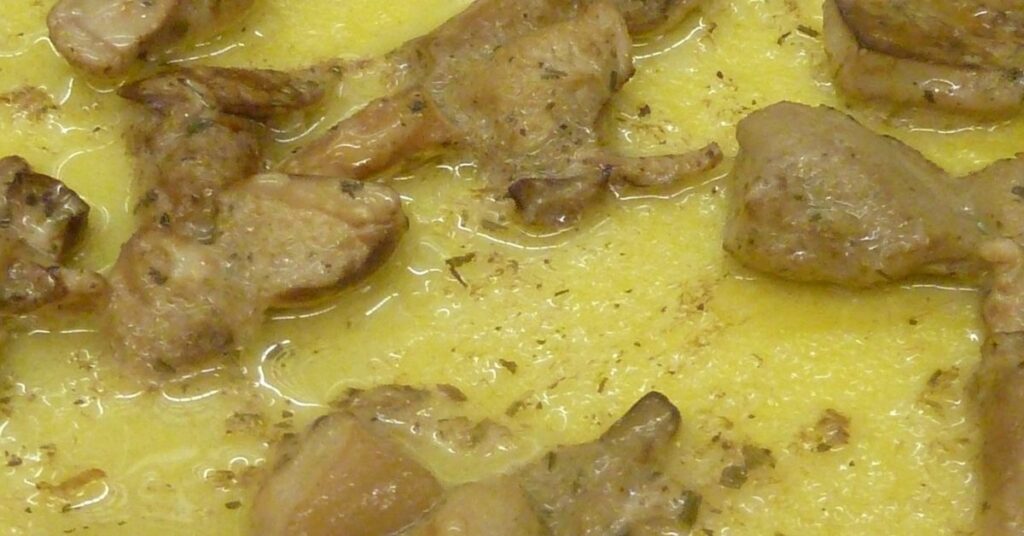
| Data Point on Mushroom in Italy | Value |
|---|---|
| Total mushroom consumption (2016) | 75,000 tons12 |
| Percentage of fresh mushrooms sold (2016) | 70% of total mushroom sales1 |
| Percentage of processed mushrooms sold (2016) | 30% of total mushroom sales1 |
| Average per capita consumption | 1.2 kg per person per year2 |
| Mushroom yield per square meter | 35 kg of Champignon mushrooms3 |
| Increase in harvest with increased rainfall | Up to +50% compared to previous year4 |
| Percentage of imported wild mushrooms | Approximately 80% of fresh wild mushrooms sold are imported5 |
The query about do Italians like mushrooms finds its answer in the aisles of Italian supermarkets, brimming with trays of assorted mushrooms, ready to be turned into delectable dishes.
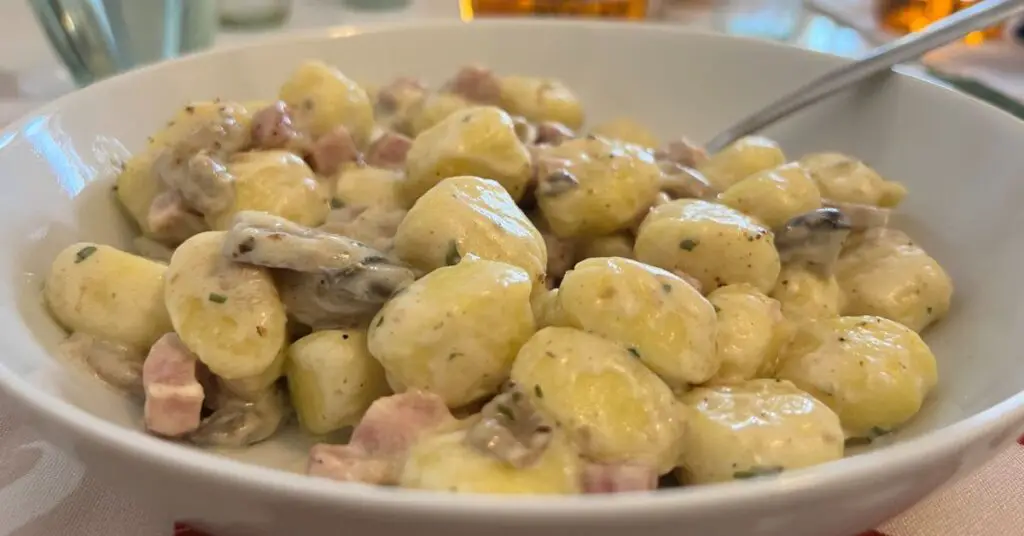
These mushrooms are found in various traditional Italian dishes, and their usage often varies by region and seasonal availability12345.
- Porcini (Boletus edulis): Known for its nutty flavor, it’s a favorite in many Italian dishes like risottos and pastas.
- Champignon (Agaricus bisporus): Also known as white or button mushrooms, they are versatile and used in a variety of Italian recipes.
- Finferli (Cantharellus cibarius): Also known as chanterelle mushrooms, they are known for their delicate taste and are often used in Italian pasta and risotto dishes.
- Ovoli (Amanita caesarea): Known as Caesar’s mushroom, they are considered a delicacy in Italian cuisine.
- Chiodini (Armillaria mellea): Also known as honey fungus, they are used in many traditional Italian dishes.
- Pioppini (Cyclocybe aegerita): Known for their rich flavor, they are often used in Italian stir-fries and pasta dishes.
- Prataioli: It’s another term for Agaricus bisporus or white mushrooms, commonly used in Italian cuisine.
- Russula: These mushrooms have a mild flavor and are often used in salads and other Italian dishes.
- Amanitas: A category of mushrooms that includes various species, some of which are used in Italian cuisine.
- Morels (Morchella): Known for their distinctive appearance and earthy flavor, they are often used in gourmet Italian dishes.
The best times of the year for mushrooms in Italy are September and October, extending into November for some varieties.
Now that you know Italian mushroom types, you understand that the best mushrooms for Italian food range from aromatic Porcini to tender Champignons. Their versatility is showcased in various dishes, making the Italian mushroom dish names like Risotto ai Funghi or Tagliatelle ai Funghi household names among food aficionados.
Here’s a list of 10 typical Italian mushroom dishes spanning appetizers, first courses, second courses, and main courses:
- Risotto ai Funghi (Mushroom Risotto): A creamy rice dish cooked with a mix of mushrooms and often garnished with Parmesan cheese.
- Tagliatelle ai Funghi: Egg noodles served with a savory mushroom sauce, often featuring Porcini mushrooms.
- Polenta con Funghi e Salsiccia (Polenta with Mushrooms and Sausage): A hearty dish where the earthiness of mushrooms complements the richness of Italian sausage atop soft or grilled polenta.
- Bruschetta ai Funghi (Mushroom Bruschetta): Toasted bread topped with sautéed mushrooms, garlic, and herbs.
- Fettuccine ai Funghi (Fettuccine with Mushrooms): Similar to tagliatelle, fettuccine noodles are served with a mushroom sauce.
- Carpaccio di Funghi (Mushroom Carpaccio): A refreshing appetizer of thinly sliced raw mushrooms, often drizzled with olive oil and lemon juice.
- Pasta con Funghi e Tartufo (Pasta with Mushrooms and Truffles): A luxurious dish showcasing the synergy between mushrooms and truffles.
- Frittata di Funghi (Mushroom Frittata): An open-faced omelette featuring mushrooms, often alongside other vegetables and cheese.
- Scaloppine ai Funghi (Mushroom Scaloppini): Thin slices of meat (often veal or chicken) sautéed with mushrooms in a white wine sauce.
- Lasagna ai Funghi (Mushroom Lasagna): A comforting baked pasta dish layered with mushrooms, béchamel sauce, and cheese.
Wow… that’s a long list of Italian mushroom dish name
Exploring the Italian mushroom types reveals a range of choices for culinary adventures. Porcini, with its unique sweet flavor, stands out as one of the best companions for pasta. Champignons, on the other hand, offer a more budget-friendly alternative without compromising on taste.
Mushrooms in Italian are referred to as “funghi,” a term that encompasses the rich variety available. When you delve into preparing an Italian mushroom dish, the name of the dish often guides you to the type of mushrooms you need.
Whether it’s the classic Tuscan Bruschetta with Porcini mushroom or the savory deep-fried Porcini, mushrooms are a staple in Italian kitchens. They find their way not only as a side but as the star in many appetizers, first, and second courses.
The tradition of incorporating mushrooms in Italian cooking goes beyond just taste. It’s about celebrating the natural flavors, textures, and the simplicity of ingredients. So, the next time you find yourself enjoying an Italian mushroom dish, you’ll not only savor the flavors but also appreciate the culinary tradition it represents.
Are Mushrooms Common in Italy?
Although you probably don’t associate mushrooms with Italy (or at least, not as much as you do with mozzarella, pasta, or pizza), they are a pretty common food and they are a fundamental ingredient for different traditional dishes. Italians love eating mushrooms, especially during the harvest period, in autumn.
Mushrooms are very popular in Italy also because the peninsula is one of the main producers in Europe, particularly in the regions of Veneto and Lombardy.
Do Italians eat mushrooms as a side, as a starter, or first plate?
Sautéed mushrooms are the perfect topper for a steak or potatoes and Italians love them, but they do not consider mushrooms only as a side. In fact, this food is the main ingredient of many appetizers, first and second courses.
Here are some examples of Italian mushroom recipes.
Appetizers/starters
- Bruschetta with porcini mushroom;
- Carpaccio mushrooms, that is raw Champignon mushrooms with shaved Parmesan cheese, olive oil, and rocket salad
- Pies with cheese and mushrooms;
- Deep-fried Porcini.
First courses
- Risotto with porcini mushrooms;
- Ravioli with mushrooms;
- Tagliatelle with mushrooms and sausages;
- Polenta with mushrooms.
Main courses
- Scaloppina ai funghi;
- Stuffed mushrooms;
- Mushroom stuffed chicken breast;
- Omelette with mushrooms;
- Monkfish with potatoes and mushrooms;
- Salmon with mushrooms.
Even with mushrooms, Italians are masters in the kitchen and they don’t put a brake on imagination! They don’t just use them as a side dish or as an ingredient for sauces but combine them with pasta, rice, meat, and fish.
Do Italians eat raw mushrooms? Yes, we absolutely do. The “carpaccio di funghi” is a dish based on raw Champignon or Porcini mushrooms, served with rocket, oil, salt, and flakes of Parmesan cheese.
Which mushroom is best for pasta?
Porcini mushrooms are the most common when it comes to pasta recipes because they have a unique sweet flavor and an intense aroma. Champignons are another good choice and they are usually cheaper than other varieties.
Italians love putting mushrooms in pasta or risotto but not every pasta shape is going to do justice to this wonderful condiment. According to Italian cooking, tagliatelle is the best choice for a mushroom-based “primo piatto” or you can try ravioli if you like stuffed fresh pasta.
Spaghetti with mushrooms is not really a thing in Italy, so if you are a long-pasta lover, I suggest you try tagliatelle instead.
Should I cook mushrooms before adding them to pasta?
Yes, you should cook your mushrooms before adding them to pasta, and for pasta cooking, you can watch my video here.. You can consume them raw as a side or starter, but they need to be cooked in a pan for 10-15 minutes with a good amount of oil or butter and garlic to create a wonderful topping for your pasta.
Before serving your “tagliatelle ai funghi” to your guests, don’t forget to sprinkle some fresh chopped parsley on top and some grated Parmesan cheese.

